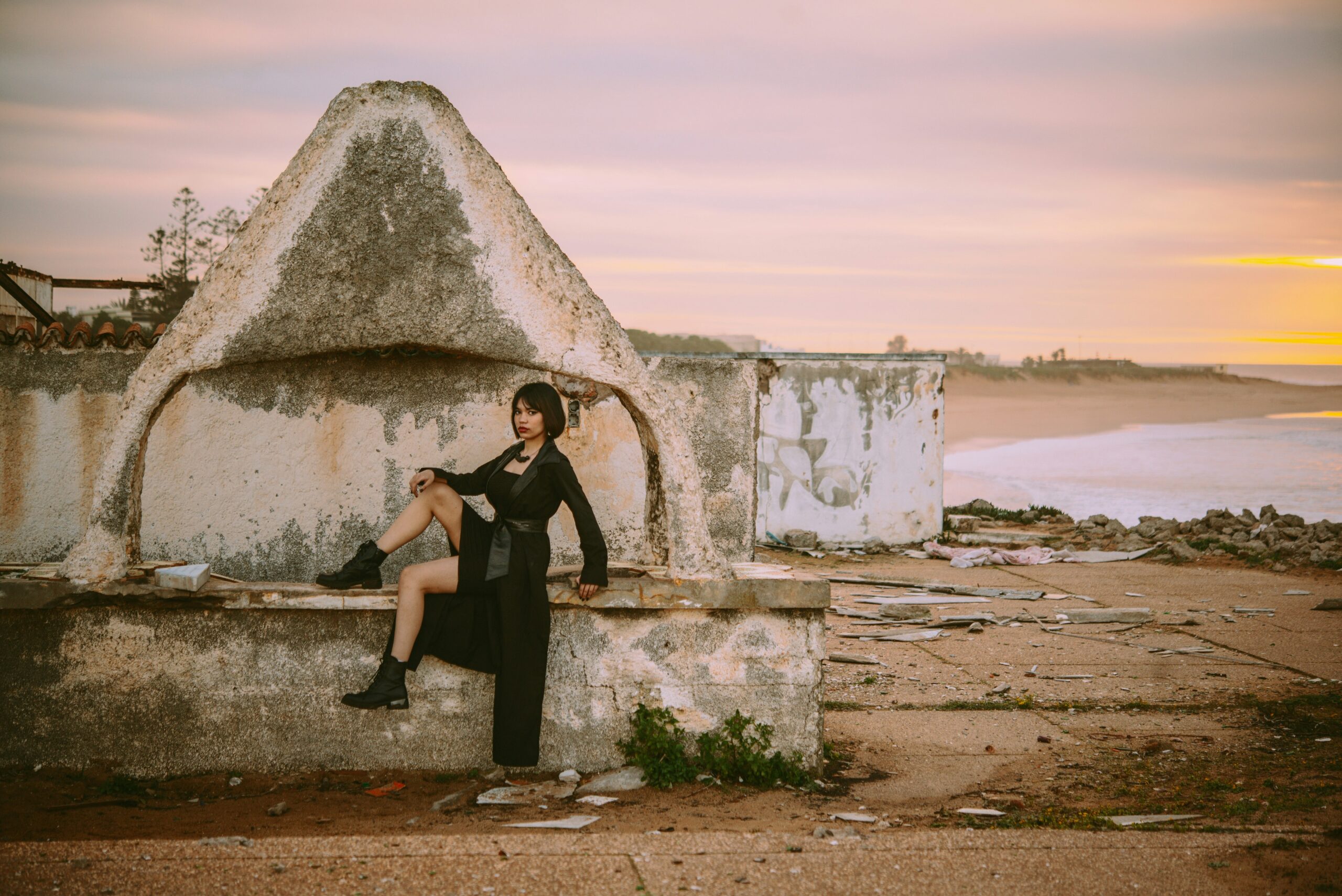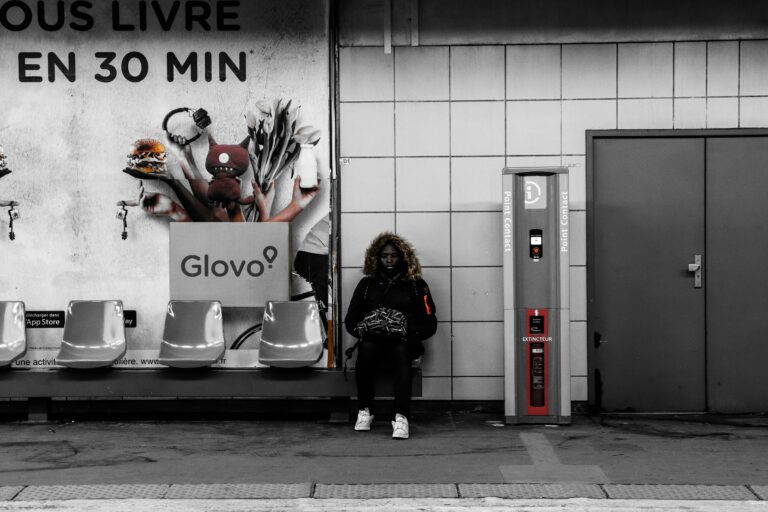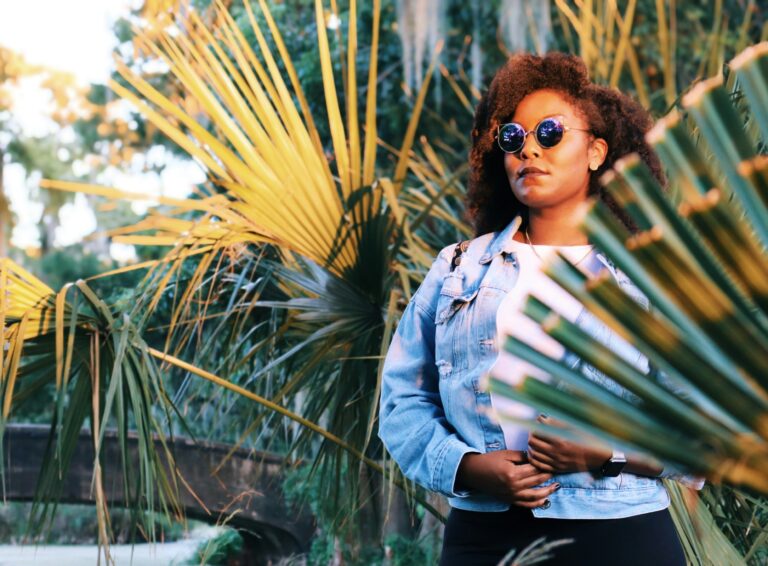Uncover what colors suit you best with expert insights, seasonal color palettes, and the most accurate color analysis quiz. Includes 20+ unique FAQs.
The Best Color Analysis Quiz: Your Ultimate Fashion Palette Guide

If you’ve ever wondered, “What color clothes look best on me?” — you’re not alone. With thousands of color analysis quizzes circulating online, finding the most accurate and fashion-relevant one can be overwhelming. But what if you could understand your ideal palette beyond the basic warm vs. cool tones? In this guide, we’ll go deeper than generic advice and explore advanced seasonal color analysis, fashion psychology, skin undertones, and more — all from a real-world, fashion-forward perspective.
This isn’t just another color quiz pitch. This is the roadmap to curating your wardrobe using colors that enhance your natural features, boost confidence, and align with current fashion trends.
Contents
- 0.1 What Is Color Analysis in Fashion?
- 0.2 Why Most Online Color Analysis Quizzes Fall Short
- 0.3 Fashion Color Trends vs. Personal Color Palettes
- 0.4 How to Use a Color Analysis Quiz Effectively
- 0.5 Seasonal Color Palette Breakdown
- 0.6 Interpreting Results with a Fashion Mindset
- 0.7 Best Color Analysis Quiz Tools (Real Recommendations)
- 1 20+ Unique FAQs on Color Analysis, Fashion Palettes & Skin Tone
What Is Color Analysis in Fashion?
Color analysis is a system that helps determine which hues best suit an individual’s skin tone, hair color, and eye color. But in fashion, it’s more than just matching — it’s about creating harmony between your wardrobe and your personal presence.
Most systems are based on the seasonal color theory:
- Spring: Warm, light, clear tones
- Summer: Cool, light, muted tones
- Autumn: Warm, deep, muted tones
- Winter: Cool, deep, clear tones
However, newer systems incorporate 12 and even 16 subtypes, accounting for depth, brightness, and undertone combinations — leading to more precise palettes.
Why Most Online Color Analysis Quizzes Fall Short
Many color analysis quizzes online are oversimplified. They rely on arbitrary choices (e.g., “Do you look better in gold or silver?”) without real context. They don’t account for mixed undertones, hair dye, or subtle features like melanin undertones or contrast levels between your skin and features.
Our approach offers a fashion-driven quiz experience that adapts to modern beauty standards and real-world lighting — not just theoretical swatches.
Fashion Color Trends vs. Personal Color Palettes
One of the most confusing things for style lovers is reconciling current fashion color trends with their personal color palette.
You don’t have to ignore trends — just adapt them. For example:
- If deep burgundy is trending but you’re a Light Spring, swap for coral red or watermelon pink.
- If olive green dominates runways but you’re a Cool Winter, go for emerald or pine.
This adaptive fashion lens is what separates static theory from confident styling.
How to Use a Color Analysis Quiz Effectively
Here’s how to get the most out of your quiz experience:
- Natural Light Only: Take the quiz using a natural-light selfie or mirror. Avoid filters or tinted bulbs.
- Honest Inputs: Be real about your skin undertones, natural hair, and how you tan.
- Check for nuance: The best quizzes ask about contrast, intensity, and how you react to color near the face.
- Don’t rely solely on digital tools: Use quiz results as a base, then test physical swatches or virtual try-ons with fashion brands.
Seasonal Color Palette Breakdown
Spring (Light, Warm, Clear)
- Skin: Ivory, peachy, light beige
- Hair: Golden blonde, strawberry, light auburn
- Eyes: Light blue, green, golden brown
- Best colors: Coral, salmon, turquoise, warm beige, peach
Summer (Light, Cool, Muted)
- Skin: Cool beige, soft rose, porcelain
- Hair: Ash blonde, soft brown
- Eyes: Soft blue, grey, hazel
- Best colors: Dusty rose, lavender, soft navy, cool pinks
Autumn (Deep, Warm, Muted)
- Skin: Golden beige, bronze, terracotta
- Hair: Red, auburn, golden brown
- Eyes: Olive, hazel, deep brown
- Best colors: Olive, rust, mustard, forest green, camel
Winter (Deep, Cool, Clear)
- Skin: Porcelain, deep brown, ebony
- Hair: Black, platinum, cool brown
- Eyes: Deep brown, icy blue, grey
- Best colors: Cobalt, black, white, true red, icy pink
Interpreting Results with a Fashion Mindset
Many people stop at finding their season. But here’s what fashion-forward readers do next:
- Anchor a capsule wardrobe with 5–7 “power shades.”
- Use color blocking strategically — high contrast for Winters, monochrome gradients for Summers.
- Incorporate fashion trends in accessories rather than main pieces if they don’t suit your palette.
- Use draping tests at home (scarf test near the face in natural light) to validate quiz results.
Best Color Analysis Quiz Tools (Real Recommendations)
While we advocate personal judgment, here are some tools that strike a great balance:
- StyleDNA: AI-driven and app-based, it factors in face symmetry and lifestyle.
- Colorwise.me: Advanced seasonal breakdown with visual swatch libraries.
- Draper James Quiz: Fashion-based quiz tailored to outfit building.
20+ Unique FAQs on Color Analysis, Fashion Palettes & Skin Tone
1. Can my color season change if I dye my hair?
Yes — your contrast level may shift, especially if you go from dark to platinum or vice versa.
2. Is it possible to be between seasons?
Absolutely. Hybrid types like “Soft Autumn” or “Cool Summer” exist in 12- or 16-season systems.
3. How do I know if I have warm or cool undertones?
Look at veins (green = warm, blue = cool), gold vs. silver jewelry, or white vs. ivory fabric near your face.
4. What’s the best color palette for neutral undertones?
Neutral undertones can wear both warm and cool shades — but should avoid extremes like neon or icy pastels.
5. Are personal color palettes relevant for men?
Yes — especially when it comes to shirts, suits, and tie contrast. It enhances perceived sharpness and confidence.
6. How does ethnicity affect color analysis?
Ethnicity can influence undertone and contrast, but color analysis works universally by focusing on observable features.
7. Can I wear a color that’s not in my palette?
Yes, especially below the waist or as accessories. Just keep unflattering tones away from your face.
8. What if I tan in summer — does my season change?
Temporary tanning might affect your palette subtly, but core undertones remain the same.
9. What’s the difference between contrast level and undertone?
Contrast refers to the difference between skin, hair, and eye color; undertone refers to the warmth or coolness beneath your skin.
10. Can I be a warm Winter or a cool Autumn?
Technically no — but you might misinterpret your features. Use swatching or professional guidance.
11. How does personal style factor into color palette selection?
Great question — color is just one layer. Bold personalities can wear vivid tones even outside their palette when styled right.
12. How do I align my makeup with my fashion palette?
Lipsticks, blush, and eyeshadow should match your undertones. Cool-toned skin = blue-based reds; warm skin = orange-based tones.
13. Are muted tones always safe?
No. Muted tones can wash out low-contrast individuals. They suit Summers and Soft Autumns best.
14. What’s the best neutral for Winters?
Charcoal, stark white, and icy grey — not beige or tan.
15. Do metallics follow seasonal color rules?
Yes — gold for warm skin, silver for cool. Rose gold is surprisingly neutral.
16. How do I find fashion items in my color palette?
Use filters on shopping sites (like “cool blue” or “warm red”) or try AI tools like Fashable.
17. Are color palettes culturally biased?
Many early systems were Western-centric, but modern versions are globally adaptive and more inclusive.
18. Should I use Pantone’s color of the year in my wardrobe?
Only if it suits your season — or use it in bags, shoes, or nails.
19. Do lighting conditions affect how colors appear on me?
Yes — fluorescent light can distort undertones. Always test in daylight.
20. Can I build a wardrobe based solely on my palette?
Yes — many do. It results in a cohesive, flattering wardrobe where everything mixes and matches effortlessly.
21. What if my favorite color doesn’t suit me?
Wear it as a bottom piece, handbag, or print — or find a variation of the hue that flatters your undertones.
22. Can color analysis help with online shopping?
Absolutely. Knowing your palette streamlines choices and reduces returns.
Final Thoughts: Confidence Starts with Color
Understanding your personal color palette isn’t about following rigid rules. It’s about discovering the shades that make you look radiant, feel powerful, and dress with intention.
So before your next wardrobe refresh or shopping spree, take a truly insightful color analysis quiz — not to restrict your fashion, but to unlock your most vibrant self.
Ready to discover your best colors? Try our expert-backed quiz and start curating your dream wardrobe today.

Shikha Singh
Keep in touch with our news & offers
Subscribe to Our Newsletter
Thank you for subscribing to the newsletter.
Oops. Something went wrong. Please try again later.






